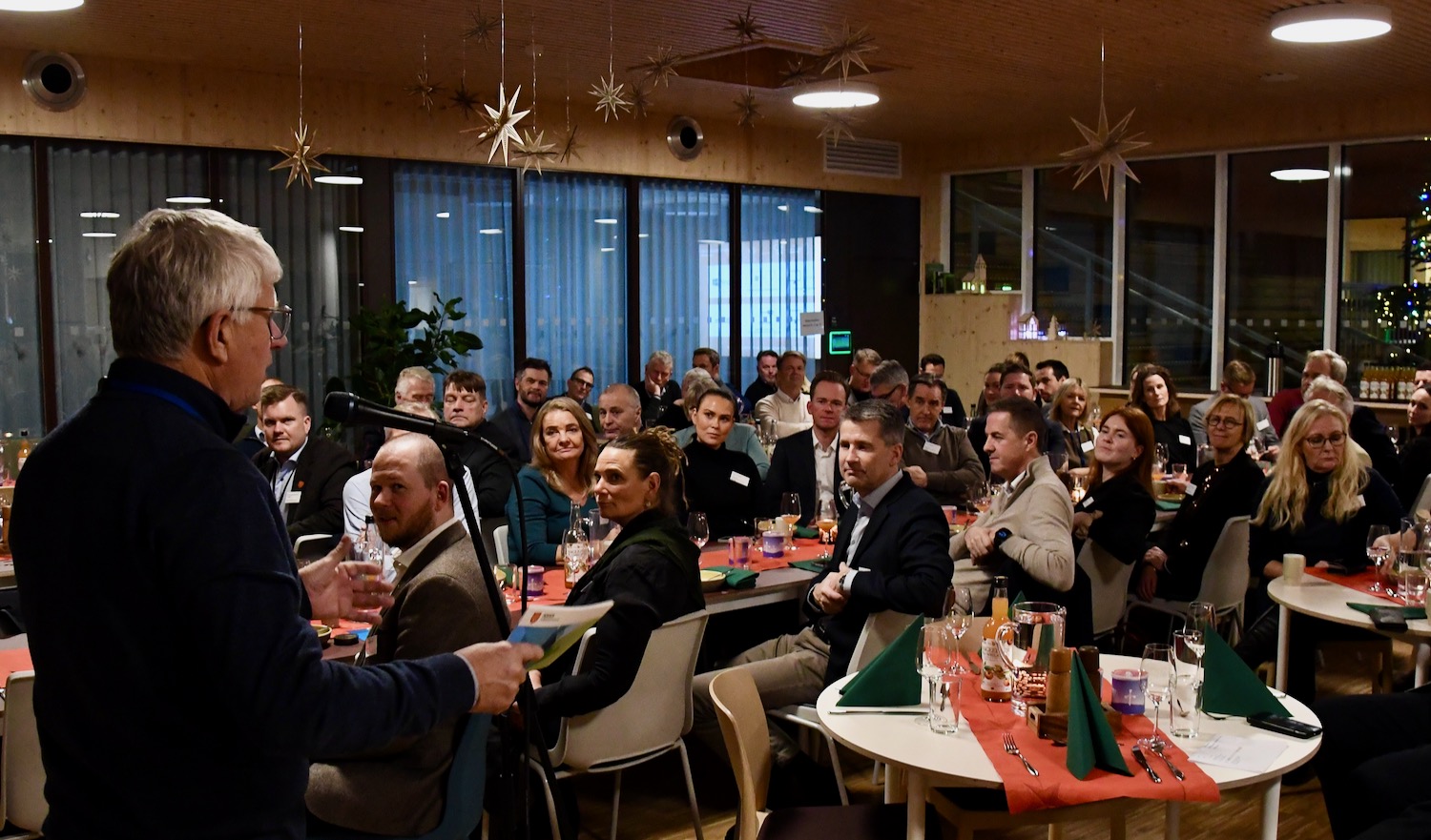In a world which predominantly uses other forms than electricity for heating, Norway stands out with an overwhelmingly electric heating system. With an abundance of electricity, Norway has not seen the need for implementing other energy sources for heating.
This is all rapidly changing, as the demand for electricity increases sharply and investments in new energy lags. Norway could be facing an energy deficit within a few years. With this backdrop, the cry for the development of more energy sources is heard.
Environmental organization Zero has performed a desktop analysis of the effects of a 50 per cent reduction in the electricity consumption for heating. It shows that Norway could greatly reduce electricity demand during the winter months, freeing up electricity to be used for other purposes and relieving the power grid.
Geothermal energy is one source of energy that could alleviate the situation.
MORE: See pictures from the event
Ellen Nordgård Hansen, Senior Researcher at NORCE, provided insights into the geothermal sites in Agder. The region counts 50 well parks, comprising 1,300 wells, mainly used to heat schools and commercial buildings.
Whether it is a good idea to invest in geothermal energy depends on the seasonal performance factor and the cost of energy.
“As of today, Norway has one of the worst public schemes for financial support for households and businesses that are interested in geothermal heat,” says Rolf Iver Hagemoen at Norsk Varmepumpeforening.
He – and others – called for greater incentives to invest in costly geothermal solutions.
During a political debate, featuring a great political spectrum, a majority supported the idea of greater public incentives.




